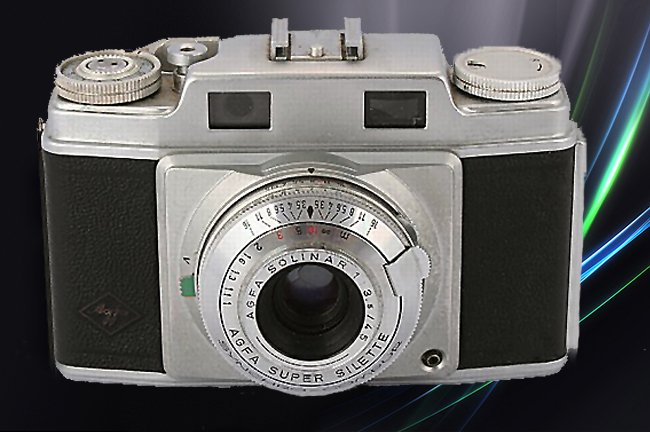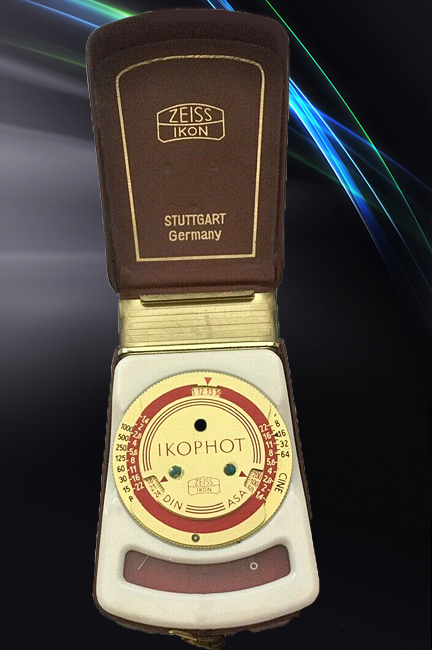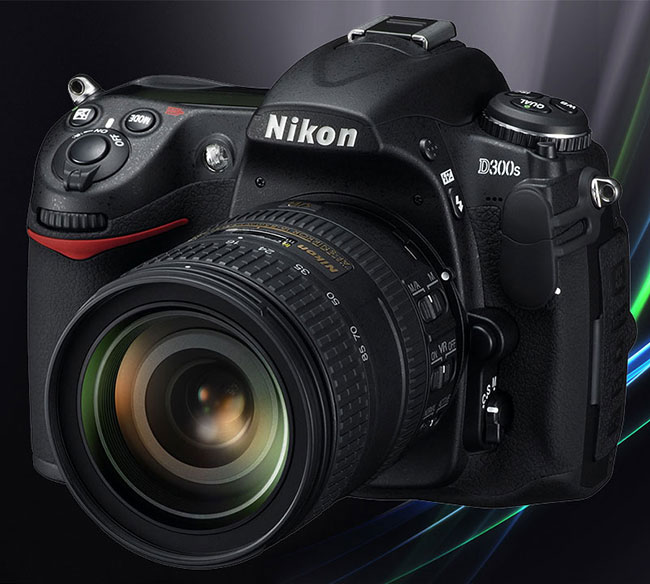Lens purchase - the agony of choice
As I have already written elsewhere, you should look at the lenses synonymous other manufacturers. I have selected three almost identical lenses from the focal length range here. I chose this as an example for the manufacturers' hyperzooms. These lenses are also called travel zooms or "always on shards". This is because they cover from the wide-angle range 18mm to the higher telephoto, here up to 300mm or the Tameron 270mm any focal length. In addition, they all have an image stabilizer and a built-in motor. At Nikon, the VR image stabilizer is called Sigma OS and Tamron VC.
I have commented on some of my lenses under Lenses.
Nikon AF-S DX NIKKOR 18–300 mm 1:3,5–5,6G ED VR (is no longer built)
 |
|
There is now only the slightly weaker version than Nikon AF-S DX Nikkor 18-300mm f / 3.5-6.3 G ED VR Nikon DX, the price is around 480 euros.
Sigma DC 3,5-6,3 18-300mm OS N/AF HSM Macro
 |
Price ca: 375 Euro (as of 3/2020) |
Tamron 3,5-6,3/18-270 DI II N/AF VC PZD*
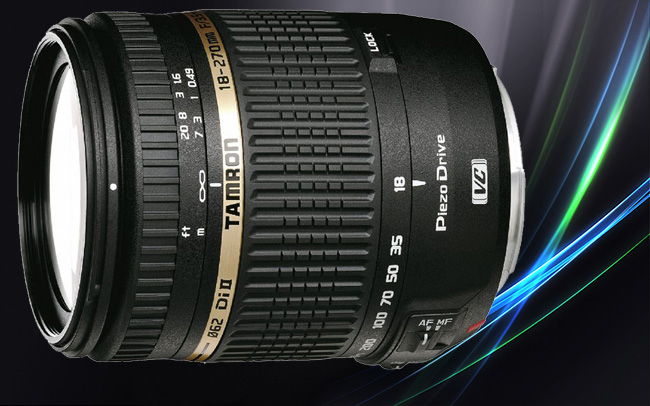 |
18-270mm focal length
Price ca: 280 Euro (as of 04/2018) |
*Meanwhile, there is still a 16-300mm from Tamron and 18-400
Now you are spoiled for choice!
It is good in forums or in tests to inform yourself about the quality and imaging performance of the lenses. Of course, the price also plays a role.
Here everyone has to decide for themselves which lens he uses.
The website http://www.pixelpeeper.com can help you to find the right lens for you. There you will find all possible lenses from various manufacturers with sample photos on various cameras.
My wife and I have 3 of these always on lenses:
Nikon AF-S DX Nikkor 18-200mm f / 3.5-5.6 G ED VR (the old version VRI). In the meantime there is a new VR II version which is even better. Sometimes a few mm focal length is missing around the top.
Sigma 18-300mm F3.5-6.3 DC Macro OS HSM Contemporary
Tamron 18-400mm F / 3.5-6.3 Di II VC HLD
We are very satisfied with all 3 lenses. Since the Sigma has a very good macro function, which the other two lenses do not offer, this lens would be the first choice for me as a beginner lens.
- Hits: 3392
About me and my equipment
Hello my name is Rolf, I'm a pure amateur photographer and live on the Lower Rhine in North Rhine-Westphalia. The DI300 as a synonym was once out of a game and my camera out. Since then, my photos usually carry this logo. I have completed training in the chemical industry and worked for a long time in the profession. During this time I did further education in IT (server / networks). I've been interested in webdesign. Later, for health reasons, I completed an apprenticeship in the commercial sector. While still in training, I had another herniated disc, but I finished my training. According to the motto teeth together and through. Shortly thereafter, I was early retiree. From an early age, there was a connection to photography. In the analog time, I already photographed as a child with the old mirror reflex, which was a Kodak Retina III. During my training I switched to a Canon AE1 program. Unfortunately I did not have an original Canon lens. I always had a little yellowish tint in the photos and was not happy with the Canon. Today I know that it was not because of the camera but because of my two cheap lenses I bought then. I thought there was still thrifty and thought why spend so much money for original Canon or other good providers. Today I know that it was a mistake to buy cheap stuff. It does not necessarily have to be an original lens today, but you should already resort to well-known providers.
In my time as a hobby clippers I have used various cameras. Here is a chronological episode. All cameras are still in my possession I could never part with the old stuff.
I have made an exception. I have sold the noname lenses of the AE1 program and replaced them with two original lenses.
|
The beginning of my photo with a 35mm camera from 1956/1957: Agfa Super Silette Solinar The camera is not a SLR but a viewfinder camera. It did not have a built-in exposure meter. As usual, the camera was in a leather body with a strap and filter case. The light meter was hanging on a metal cord Shoulder strap.
There is a metal strip on the back of the light meter case Backlight filter inserted. In the picture he's on the back of the Light meter inserted. |
|
|
My first SLR: Kodak Retina III a gift from my dad his retired Retina III. I started with the camera as a kid.
To the retina: It is an old camera built in 1964. It has an oiled lamellar shutter this gets dirty with time and the oil gets stuck. Then the shutter speeds are no longer correct. Unfortunately, there are hardly any people today that repair and if so that is very expensive. |
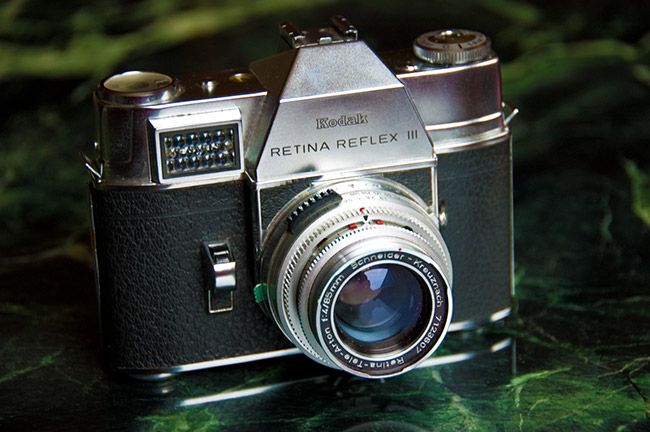 |
|
Canon AE-1 Programm Saved my first apprentice salary, I bought the Canon from it.
That was a basically good camera, but really I was not satisfied with that. The pictures always had a yellow tinge.
I suspect that it was not original at the time Lenses lay.
|
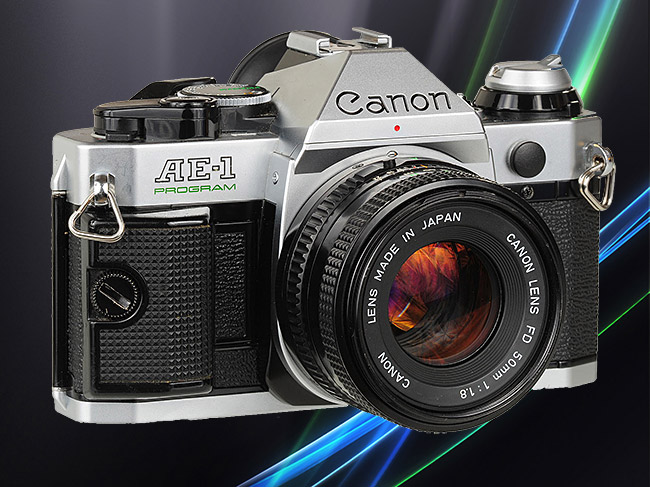 |
|
Nikon F801s Somewhat dissatisfied with the Canon brought me luck a Nikon F-801s. I have the body with 50mm lens won in a price writing. I was completely satisfied with the camera. The F801 and F801s belonged to the semiprof. Cameras. |
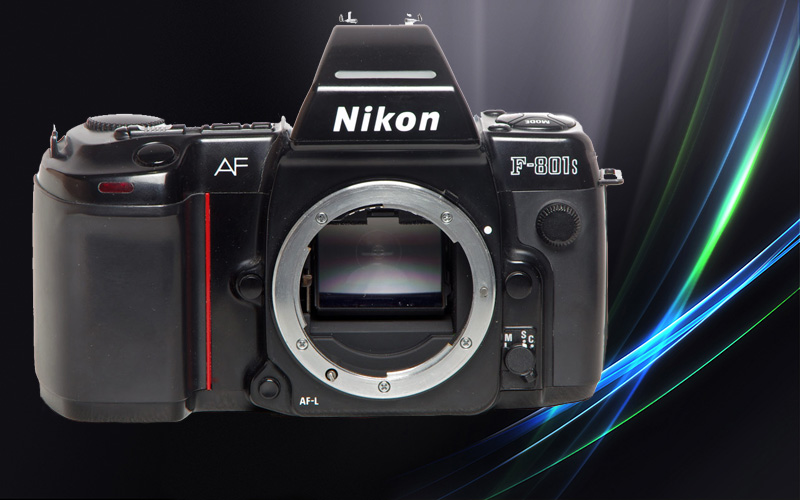 |
|
Nikon F401x This camera was inherited to me. Originally owned she my father. He had her as a successor bought the retina. He used them for a long time. A F401 hardly has a value today, but me have kept them as souvenirs since they have one has ideal value for me.
I can not say much about using it, I rarely used it. |
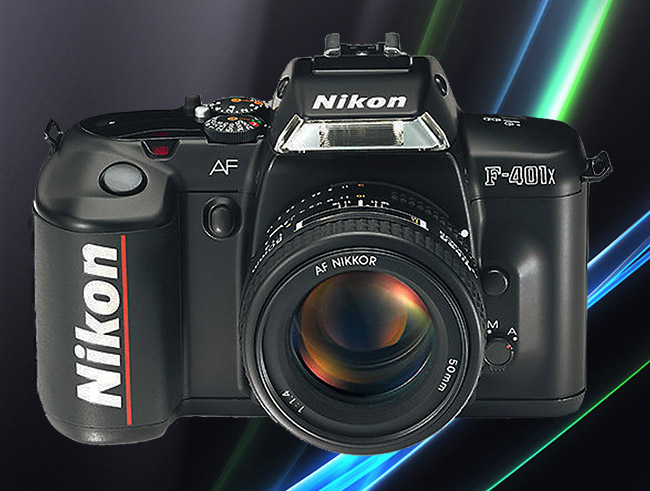 |
|
Nikon F70 After the F801s, I bought one on a whim Nikon F70. Basically, the purchase was superfluous. The F70 had selectable programs for specific recordings.
The F70 is a camera from the consumer line. She has good adjustable Programs you can not do much wrong with her if you learn the Programs to use. |
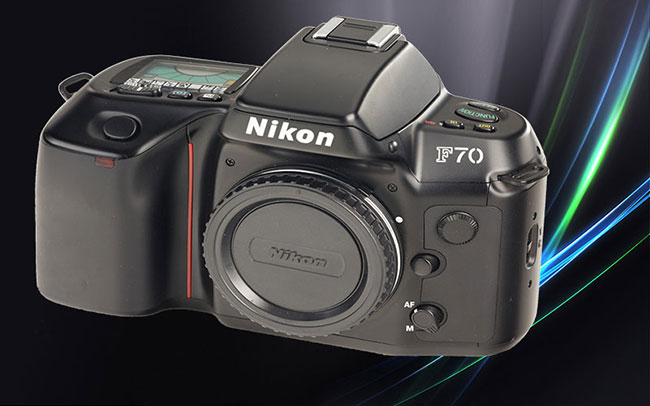 |
|
Nikon F100 A Nikon F100, I believe that may not be missing in any collection. She is almost a cult. The F100 was the second largest analog camera from the last series of analog cameras at Nikon. she is by far the best thing you can get from SLR after F6 Nikon could buy.
More about the Nikon F100 at the end of the SLR / DSLR cameras. |
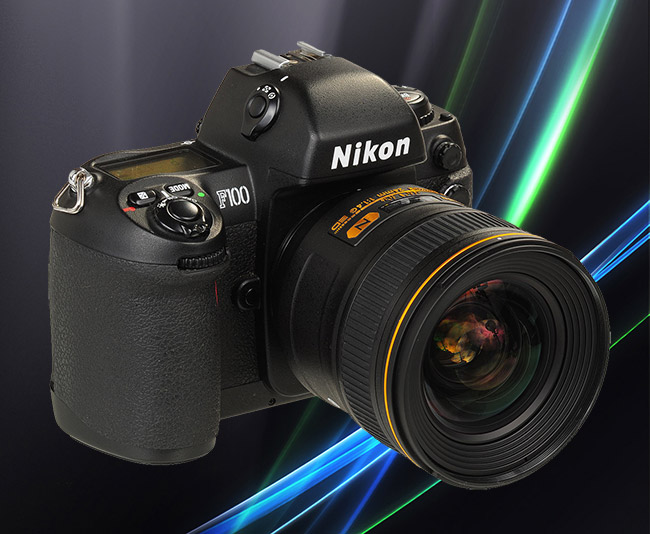 |
|
Nikon D70s It came the first digital SLR cameras on the market. In the meantime, I had x digital klick machines, but was with nothing of what I had satisfied. The first digital DSLR then became the Nikon D70s. |
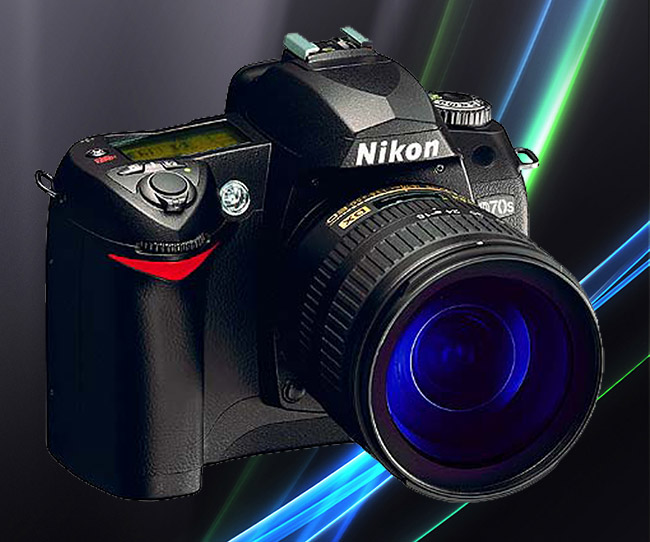 |
|
Nikon D200 A good 10 years after the expiration of the Nikon D200 is today on 11.11.2019 a Nikon D200 added. I do not bought the Nikon D200 for me but she stays in our household. My wife wants to start taking pictures. Now someone could say give her a camera from you., He was basically right, but I'm attached to mine Cameras are behind memories and they are all in top codition. Since that should not change, I have bought a well-preserved D200 in nearly mint condition with all accessories and with the original packaging cheap.
I give her a Tamron 18-270 / 3.5-6.3 DI II VC PZD from my Equipment. I still look for a MB-D200 Battery Grip for her. That should be enough for the beginning.
Who is looking for such a camera and not for the speed quite as important should also consider a Fuji Finepix S5pro. The formation engine is a lot better, but the Price is a bit higher traded. All accessories of the Nikon D200 also fit for the Fuji. |
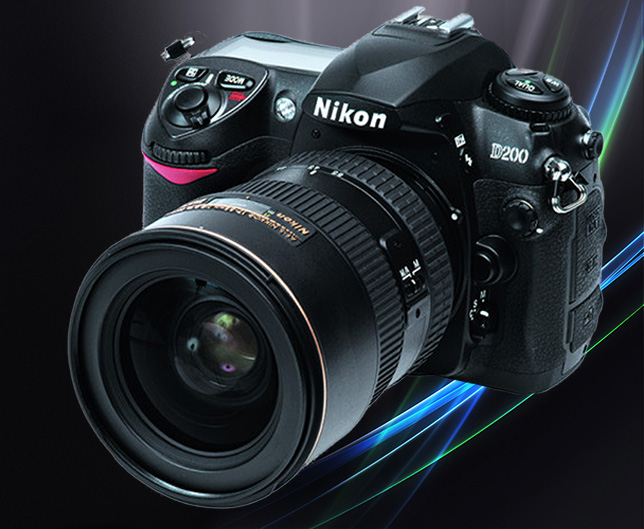 |
|
Nikon D300 I became more and more interested in photography and photography digital image processing. The D70s was not enough for me anymore I bought the D300. The Nikon D300 is a really great semiprof. Camera hardly Leaving wishes open. For a beginner more than adequate.
I would like to get into IR photography and play with it Thought with a 2nd D300 Body to buy, then for to rebuild for IR photography.
|
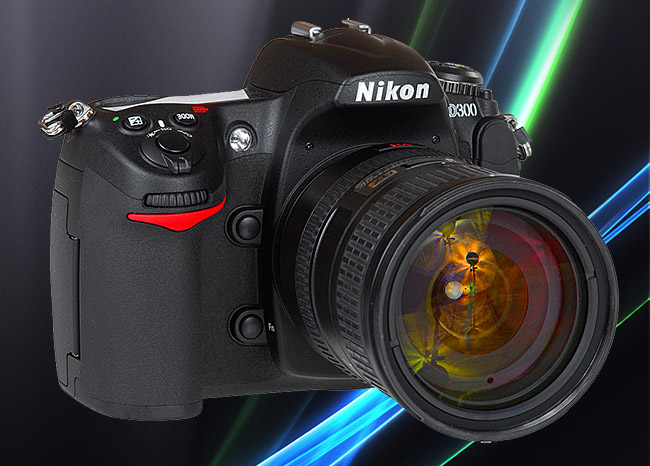 |
|
Nikon D300s Basically, I did not want to buy this camera, but did it. The camera was offered verry cheap. I just could not say no. She can also make movies, but I do not use that. The switchable coastal horizon in Live View mode ist great feature.
Meanwhile, a second D300s has come to it. Should my wife Show more interest in this hobby over time is the 2nd D300s destined for her. I bought the D300s in a pack with 3 lenses, flash and quite a few other things very cheap. (basically it was a whole Equipment) I kept the D300s and sold the other equipment, so the D300s with a shutter count of 5641 finally cost me nothing. |
|
|
Nikon D500 Hmmm ... I just could not stop it, there is one more Nikon D500 added. |
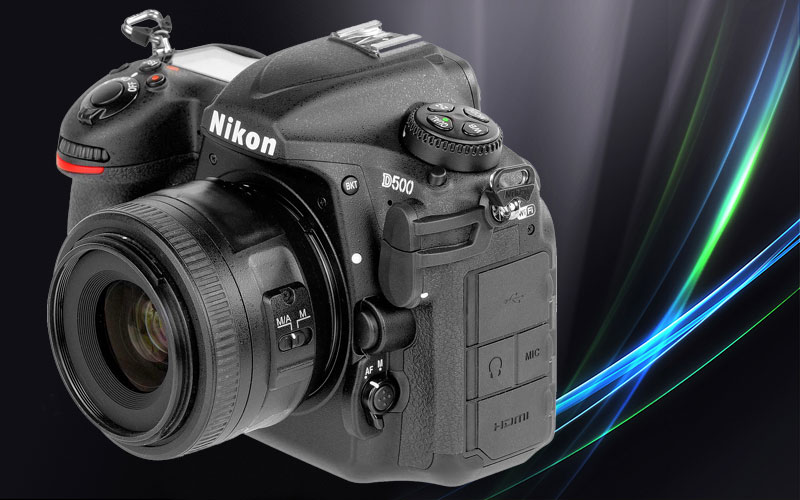 |
|
Fujifilm FinePix S5 Basically, I do not need them at all, but she's known for Top Portrais shots through her other forming engine. It's basically one Nikon D200 with other chip and other internal software. I could get it very cheap in ovp with all accessories in top condition with 6800 shutter counts on the counter. I just could not say no. |
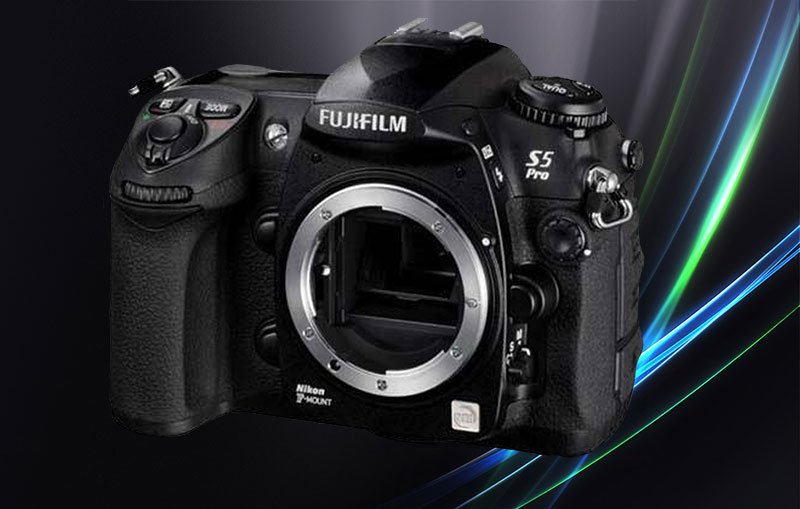 |
|
Nikon D850 Now a full-frame camera has been added, namely the Nikon D850. I am aware that the purchase was late and just at a time when the Successor to the D850, the Z8 has just come onto the market. The main thing was that I wanted a full-frame camera, but I was unwilling to buy all new lenses for the new Nikon Z series. Nikon will probably switch to the Z system over time, which confirms Nikon that the Nikon Z8 is the official successor to the D850. I had the wish me the last semi-professional camera of the old series gain. If I didn't have so many lenses for the old series, it would be earlier become a Nikon Z7II. But then for the reasons mentioned but rather with a mirror instead of the new mirrorless Z7II. |
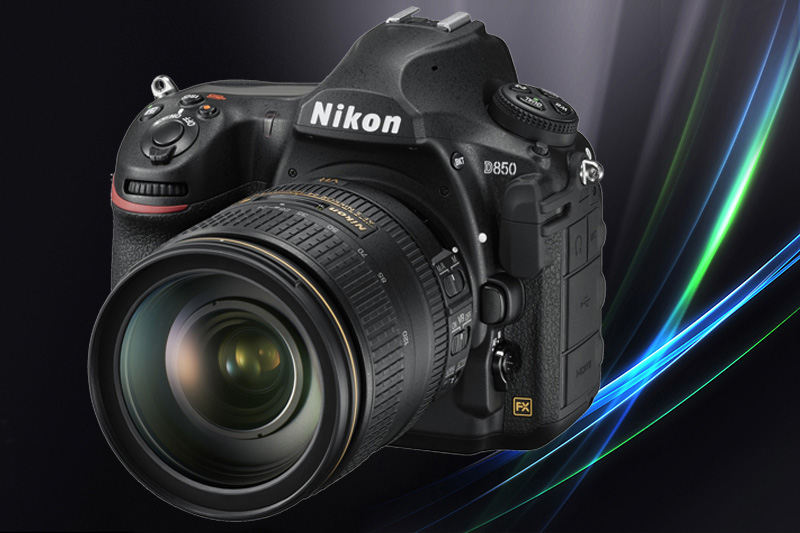 |
Why an "outdated" Nikon F 100?
Equipped with an incredibly fast dynamic AF system and a 10-segment 3D matrix sensor, this compact high-performance SLR camera achieves images of superior sharpness and exposure accuracy. Thanks to the lightweight but durable magnesium alloy body, the F100 is the ideal camera for professional mobile use. The F100 is the first choice for professional analogue photography.
The F100 is, in my view, the ideal camera for getting started in analog photography not only technically but also on price-performance related. Because it offers full lens compatibility - MF, AF, AF-D, AF-S, G, VR, ... all non DX * lenses are usable and there are only a few limitations. Even the modern flash units (e.g., SB-600, SB-800) work! The F100 has the AF module of the F5 and also their exposure security - beaten give them at this point only the F6.
In my opinion, the F100 is the second best analog camera after the F6, which is used even many times more expensive than the Nikon F100.
* DX lenses also work, but vignetting them.
The Nikon D70s
It fits well in your hand and is easy to operate. With the existing scene programs can really make any photo amateur great pictures that do not have to be reworked great. If you like to make paper prints, you will be pleased about the possibility of immediate printing on the printer without the detour of a PC. An all-round good camera without confusing functions. It is very cheap to get used. If you can not or do not want to spend a lot of money, you will be served very well. It offers full lens compatibility - MF, AF, AF-D, AF-S, G, VR. Thus, even older AF lenses without a motor on her possible, these can get low with ettwas perseverance. Although it was assigned to the Nikon Consumerbereich but has a quality processing and is well in the hand. Also, it is not as small as comparison models of another well-known manufacturer. You'll appreciate that at the latest when a long heavy lens is put on. Because keeping such a long, heavy pipe calm with hardly anything in your hand is not easy.
Nikon D300 / D300s
I bought the Nikon D300 / D300s in DX format, because I could not quite decide on the upper class in full-format - from a financial point of view. Also because I can not use the DX lenses there. They do work but vignetting.
The D300 / D300s is in semiprof. To classify the area. Of course she has a magnesium case. Both cameras are in the hand like a one. The operation is easy in everyday practice and after a few shoots also blind control. The picture quality is how Nikon used to be brilliant. Again, the big advantage of full lens compatibility - MF, AF, AF-D, AF-S, G, VR.
Especially for the D300s:
I really love the artificial horizon at Live View. I often had the problem of holding the camera straight. Often my pictures were when not on the tripod 1 ° left sloping. This no longer happens with the artificial horizon.
The video function, I use the D300s not, but I have the Sony video camera. Nice is also the second card slot for SDHC cards, the priority can be set if you have two memory cards in the camera. Everything is possible with only one memory card.
For me the absolute best camera, the reference in the small picture format. The conversion has been more than worthwhile from the Nikon D70s.
Meanwhile there is the D500, probably it will top the D300s. Since then you can only say: "Only a Nikon can beat a Nikon" ;-)
Nikon D500
Yes, I could not resist it, the D500 had its charm and I succumbed. Unfortunately, I did not have the time to put them to the acid test. But if you look at the tests, they should trump the D300s. Chip says the best camera in her class. I'll see how good she is.
If you e.g. With the motorcycle on the road, a DSLR is a hindrance because of the size and because of the weight.
I have had some digital click machines in advance, but it was and is really good. The Lumix TZ10 she can also shoot and has a built-in GPS. The 10 megapixels are quite enough as a clickmaschine. Surely that can now be various high end smartphones too.
| Lumix TZ 10 | 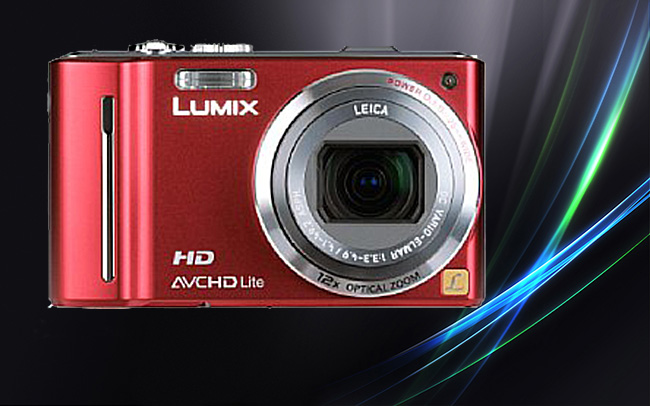 |
I like to shoot in the wild, but the range of action is limited for health reasons. Unfortunately, photography also suffers from this. I feel most comfortable in a relaxed atmosphere, and so he does that in the shootings. The feel-good factor is just important for both sides, whether in front of or behind the camera.
As you can see, I already had some cameras and if you look at the age, the time for a new Nikon should be matured. However, this also means that the lenses have to be replaced in part should I change to full format. Good lenses are between about 600 and 2000 euros. I decided not to do it for the time being.
Some people are of the opinion today's cell phone's replaced so a SLR camera. In my opinion, this is compressed nonsense. I'm having a hard time with my smartphone not blurring the pictures. Well that may be me. But the goodness of the pictures is another difference.
If you look at the pictures as professionals only in the raw data format from the camera, you are often disappointed. Only when a picture has passed through a photoengine it gets quality. This can be done by the camera itself or by a photo program which can process raw data. But the eye and a good photoprogram is always better than a camera engine built into the camera. So that the colors are also harmonious you should then calibrate your monitor because each monitor has a different appearance.
Video:
I started before 1985 with a camera from Sony, 1992 it was exchanged for defect against a Panasonic.
Then came a Sony DC-HC85E
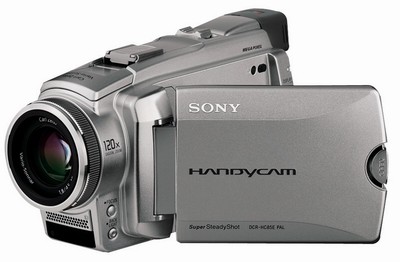
In 2017 I upgraded to the Sony FDR-AX53 Handycam 4K.
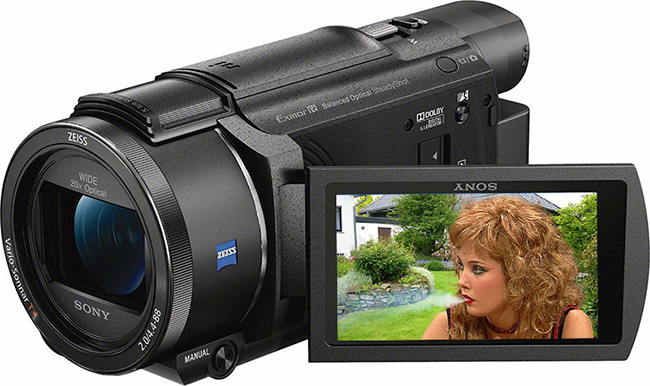
Technik
It uses a professional flash system with various light shapers and various aids, such as a wind machine, remote-controlled releases and reflectors. Most photos are created against a gray background to achieve significant separation in post-processing, e.g. a new background should be inserted.
Software Photo area
I use the following three software products in the photo area.
| Adobe Photoshop CC 2020 | Adobe Photoshop CS6 | Ulead PhotoImpact 12 | |
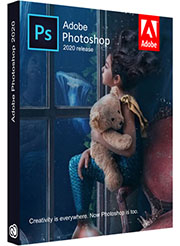 |
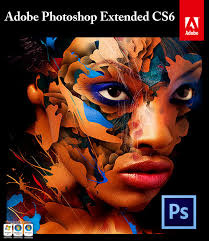 |
Both pictured here Pictures are the property of the manufacturer and serve as an illustration here and for the recognition value. |
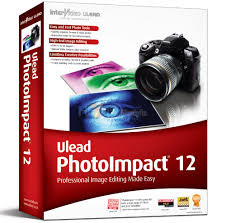 |
Was mache ich mit welcher Software ?
With Photoshop I edit all things that have to do with an image exemptions -hardening, -sizing, -sizing, -Composing, and simple fonts paste etc ..
With Photoimpact you can easily generate great fonts, whether 2D or 3D with and without borders, with or without color gradients and with shadows as you like. Also, any fantasy formations can be very easily generate again at will in the colors. Unfortunately the further development of the software PhotoImpact has been discontinued when it was sold to Corel. Corel Paint is now to replace PhotoImpact. If this is really the case, I can not say because I have no Corel Paint.
The last rendering I always do with Photoshop.
Videosoftware:
| Nero Platinum 2018 |
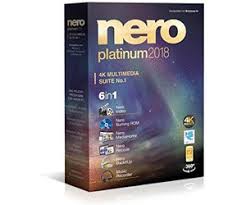 |
- Hits: 3346
Often the SLR's and DSLR's have built-in flashes. For in the room are often enough The Leitzahl the built-in flashes is usually around the 10. Will man it better illuminate one comes around a Zusatzblitz not around it.
Unfortunately, the old flashguns (analogue ages) no longer fit 100% to the new DSLRs. And vice versa, it is not.
From the analog time I have 2 Nikonblitze for the Nikon SLR Cameras F-401x, F-801s, F90 and F100.
1. Nikon SB-24 (guide number 36 iso 100 / m)
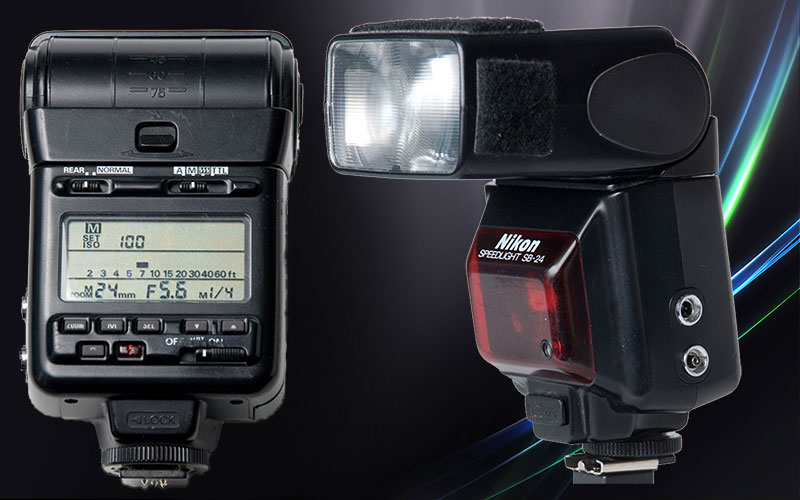
2. Nikon SB-28 (guide number 36 iso100 / m)
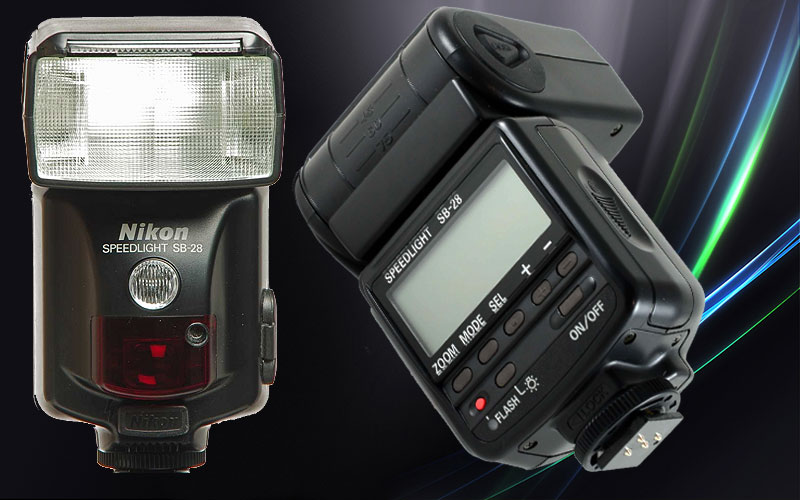
Technical data SB28:
flash control
TTL
Focal length positions 24-85 mm (automatic electric)
Flash head rotating and swiveling: left 180 °, right 90 °
tiltable: above 90 °, below 7 °
power supply
4 x Mignon (AA)
Focal length / GN
Guide number 42 at 50 mm focal length (ISO 100)
Status display LCD
Master function no
Slave function yes (not with pre-flash)
Second reflector available no
Modeling light flashes no
Wide angle lens available yes
Lightning reflector (bouncer) yes
Stroboscope function yes
High-speed synchronization yes
Splash protection no
LED continuous light no
Flash Connectors F-connector, Nikon system cable
Now you ask yourself why the idiot has almost 2 identical flashes. I once gave the SB-24 to a friend. I did not need it for some time and did not remember who I lent it to. We had no lightning when I needed it. Then I bought the SB-28. Later I got the flash back. The functions of the two sytemblitze are almost identical. Both have the same guide number. However, the SB-28 has a higher flash rate. And Nikon has learned the label of the rubber buttons went off with the SB-24 over time. The label on the SB-28 is above it.
From the digital era the Nikon SB800 for the F100, D70s, D300 and D300s D500 from my cameras it works with all digital Nikon cameras.
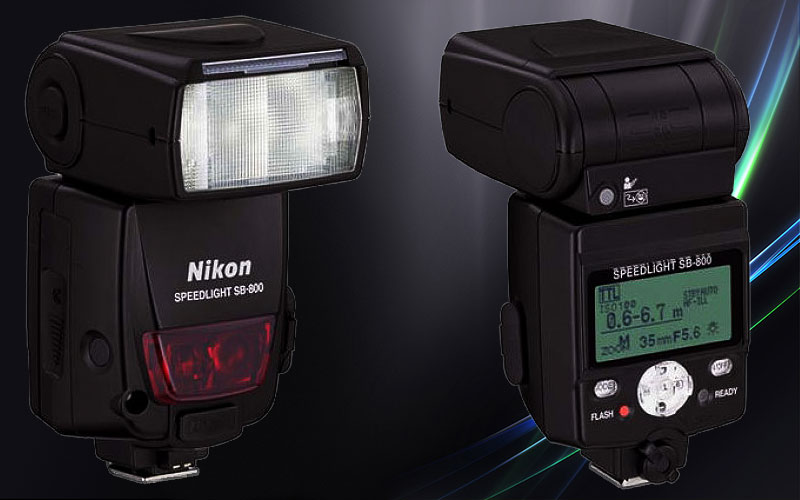
Specifications SB800:
flash control
i-TTL
Focal length positions 24-105 mm (automatic)
Flash head rotating and swiveling: left 180 °, right 90 °
tiltable: above 90 °, below 0 °
power supply
4 x Mignon (AA)
Focal length / GN
Guide number 38 at 35 mm focal length (ISO 100)
Guide number 53 at 105 mm focal length (ISO 100)
Flash exposure correction from -3 to +3 EV
Status display LCD
Master function yes
Slave function yes (not with pre-flash)
Second reflector available no
Modeling light flashes no
Wide angle lens available yes
Lightning reflector (bouncer) yes
Stroboscope function yes
High-speed synchronization yes
TTL Unleashed yes
Splash protection no
LED continuous light no
Flash Connectors Nikon system cable
Weight without batteries 350 g
Metz 58 AF1 digital (for Nikon) all digital cameras from Nikon.
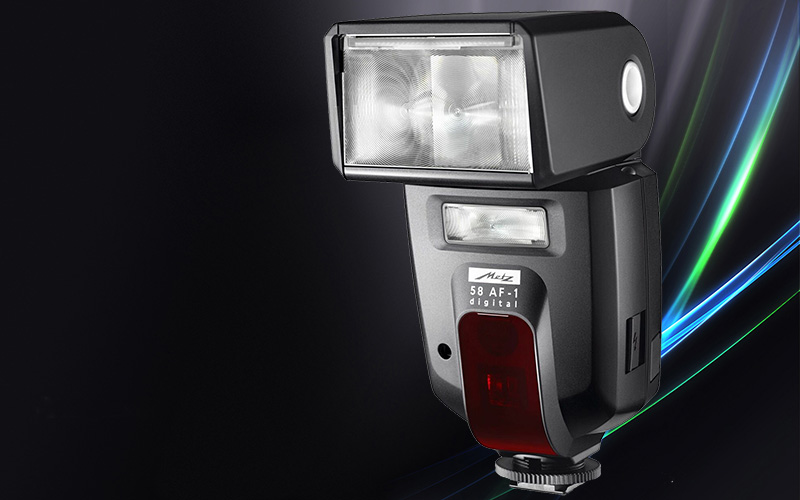
I bought the flash for my wife used because the internal flash of her Nikon D200 was a bit weak for large spaces. I can not say much about the flash.
Metz 64 AF1 digital (for Nikon) works with all digital cameras from Nikon.
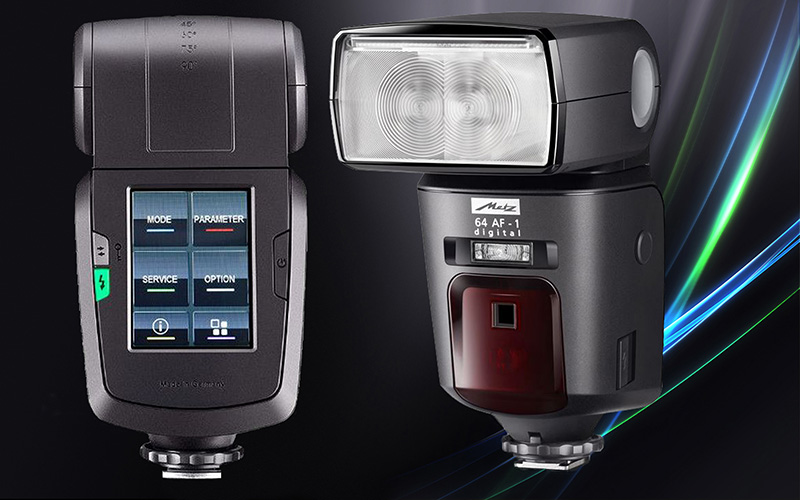
Technical data Metz AF1 digital
Maximum guide number at ISO 100; Zoom 200 mm:
In the meter system: 64
In the Feet system: 210
Flash Modes:
i TTL, i TTL BL, i TTL FP flash mode, Manual flash mode with
Distance presetting, automatic flash mode,
Stroboscopic flash mode, matrix-controlled TTL fill-in flash,
Manual M, remote slave flash mode, servo flash mode.
Automatic iris adjustment at ISO 100/21 °:
F1.4 to F64 including intermediate values
Manual partial light outputs:
P1 / 1 to P1 / 256
P1 / 1 to P1 / 256 for high-speed synchronization HSS
Flash times see table 2 (page 327)
Color temperature: approx. 5600K
Photosensitivity: ISO 6 to ISO 51200
Synchronization:
Low-voltage IGBT ignition
Flash number at full light output
• 140 with alkaline manganese battery (1.5V)
• 190 with NiMH batteries (1.2V / 2100 mAh)
• 290 with lithium batteries (1.5V)
• 360 with external power supply with Metz Power Pack P76
Flash time in seconds (min./max.)
• 0.1 / 4.4 with alkaline manganese battery (1.5V)
• 0.1 / 1.8 with NiMH batteries (1.2V / 2100 mAh)
• 0.1 / 4.2 with lithium batteries (1.5V)
• 0.1 / 1.6 with external power supply with Metz Power Pack P76
Illumination of the motorized zoom reflector:
From 24 mm (35 mm format 24 x 36)
From 12 mm with integrated wide-angle diffuser
(Small picture format 24 x 36).
Swivel ranges and detent positions of the reflector head:
Vertical:
-9 ° 45 ° 60 ° 75 ° 90 °
Horizontal counterclockwise:
60 ° 90 ° 120 ° 150 ° 180 °
Horizontal clockwise:
60 ° 90 ° 120 °
Dimensions in mm (W x H x D):
Approximately 78 x 148 x 112 cm
Mass:
Speedlight without power sources: approx. 422 g
Deliverables:
Flash unit with integrated wide-angle lens and
Reflector card, pedestal S60, bag T64, instruction manual.
flash Accessories
Metz WT-1 (wireless trigger)
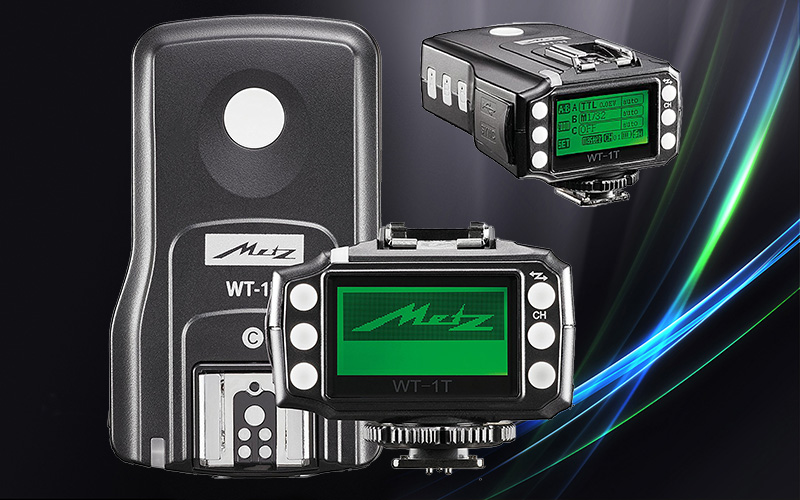
I have deliberately positioned the Metz WT-1 Trigger System at this point.
The Metz WT1 wireless flash system is ideal for unleashed flashing. Whether I'm doing a model shoot around highlights e.g. in the hair from behind or want to illuminate the model from the side. Even high-speed flashing is super possible. But also the classic situation such as at a garden party where the action takes place inside and outside. If I now stand in the room with the door and the window or hold a large glass door, I would not be able to depict what is outside cleverly. In order to achieve this, e.g. outside of the room there is a second flash on the terrace which I have to control somehow Of course, that would probably be possible with a 10m lightning cable. But at a party, who pays attention to a cable that is on the floor and as the devil wants it, someone stumbles over it and tears tripod and flash. Then the flash is most likely broken.
The Metz WT1 is wireless and has a long range of 300m, which is several times more than a soccer field, but above all you don't need any cables.
All connected flashes can be configured via the transmitter, you do not have to run to the individual flashes and set them separately. It works with all flashes that support the respective camera brand that you use. The system can be updated via USB when new camera models from the camera manufacturer come onto the market.
One set, one transmitter and one receiver, is available in the set for around 180 euros. You can also buy 2 sets because the transmitter can also be used as a receiver, but there are also individual receivers to buy. The price is around 70 euros.
I think it's a successful thing, and not just because of the things described here.
Explicitly when you are on the move, the system in combination with system flashes can replace a large and heavy studio flash system. The system can also be attached to a tripod and there are also light shapers such as soft boxes etc. for system flashes. Now think about it and take a look around in the photo world. cheap light shapers. These can be used with the system flashes. That will certainly not quite achieve the quality of the studio flashes, but it has other advantages. You are independent of 230 V electricity, so the whole story is e.g. easy to use everywhere, furthermore, it is not all that big and as heavy as the studio flashes, making it very easy to transport. That makes the whole equipment very mobile.
With the system you basically have a small, very mobile studio and that regardless of 230V.
Good equipment for indoor and outdoor.
A well-made video to explain the system can be found here. (German)
For the Canon AE-1 program the Canon Speedlite 199A
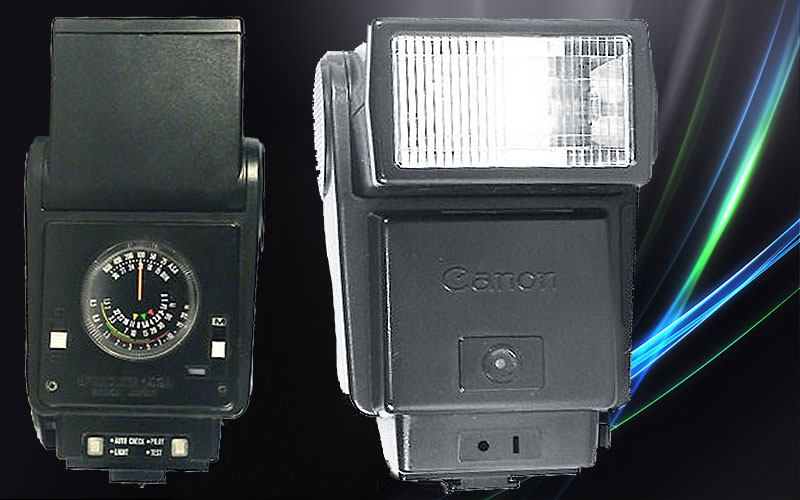
Technical Specification:
Leitzahl 34
-25-800 ASA
-4 pol.Systemblitzschuh
-3 Automatikprogramme
-1 Programm manuell
Type: High-powered shoe-mount flash; automatic, thyristor type
Guide Number: 98 (ISO 100, feet), 60 w/wide adaptor
Recycling Time: 10 seconds with Alkaline-Manganese batteries 6 seconds w/Ni-Cd batteries
Number of Flashes: 100- 1000 w/Alkaline-Manganese batteries 50-500 w/Ni-Cd batteries
Auto Flash Ranges: 3
Auto Apertures: (ISO 100) Red-f/2.8 Green-f/5.6 Yellow-f/11
Bounce:Yes
Flash Coverage: For 35 mm format, covers angle of view of 35 mm lens; covers 24 mm w/adaptor
Color Temperature: Daylight
Power Source: 4 "AA (Mignon) size Alkaline or Ni-Cd batteries
Dimensions: 3-1/8 x 3-1/4 x 4-1/2 in.
Weight: 1 lb., 1-5/16 oz.
Studio flashes:
Since I have operated a homegreater for a long time, I have from the time still three Walimex VC300 per studio flash incl. Various light former.
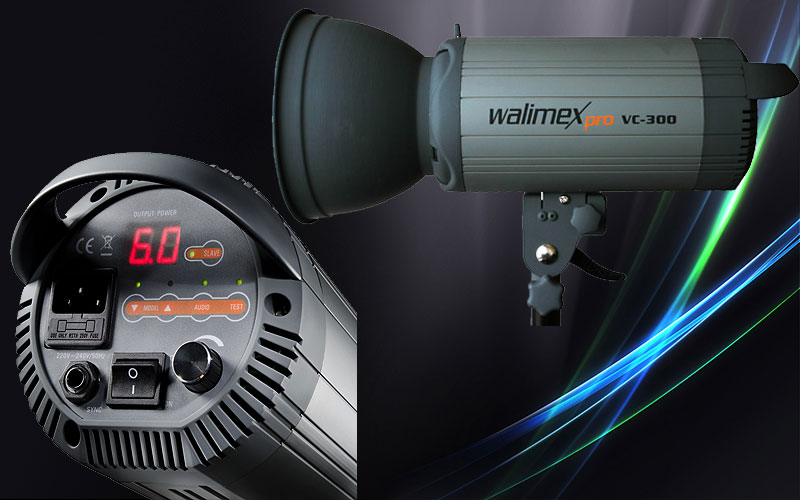
Technical data Walimex pro VC-300:
Battery No
Connection Tripod head on tripod Spigot
Trigger Type Photocell, synchro cable, test button
Trip voltage 5V
Automatic discharge Yes
Special features Umbrella holder
Flash duration 1/800 ~ 1 / 1200s
Flash power 300Ws
Flash tube plug-in
Width 130mm
Modeling light 150W
Color temperature 5600 ± 200K
Microfuse 6.3A
Radio receiver No
Height 130mm
HSS 1/300
Cooling Yes
Length 300mm
Power levels 1/1 - 1/32
Guide number 60 (2m / ISO 100)
Product color black, gray
Radio Sync & Control no
Protective glass no
Slave Yes
Power supply AC 200-240V / 50Hz
TTL transmission no
Transmission radio, cable
Recharge time (s) 0.2 ~ 0.9s
A few words about the Walimex flash heads:
Among the photo freaks, the flashes do not have a good reputation, they are often laughed at a little. There are other well-known manufacturers that are preferred in the circles. I have deliberately bought the Walimex because the flashes with the same power from these well-known manufacturers who then called there have cost almost twice as much.
In all situations I have been given the Walimex flashes and I have not had a bad experience with them.
My home studio was about 4m x 5m in size. First I flirted with the 1000s flash heads. In retrospect, I'm glad to have bought this nich. When the dimensions of the room were the three 300s lightning almost too strong I had to downright rules. Even a flash head was sufficient, but it always depends on the light setting.
The care of flash units:
Basically, the flash units do not need much attention. If you do not use them for a longer time you should remove the batteries.
If you use a flash only sporadically you should once a month fresh batteries / batteries insert, they min. Leave on for 10 minutes and flash several times. This keeps the capacitors fresh.
Did not do that and then does it, you can clearly see that the charging time of the capacitors until the flash readiness of the flash is getting shorter and shorter.
As always is synonymous with the flashes still is one on my wish list and that is the Metz mecablitz 76 MZ-5 digital. This flash is no longer manufactured and is only to get used.
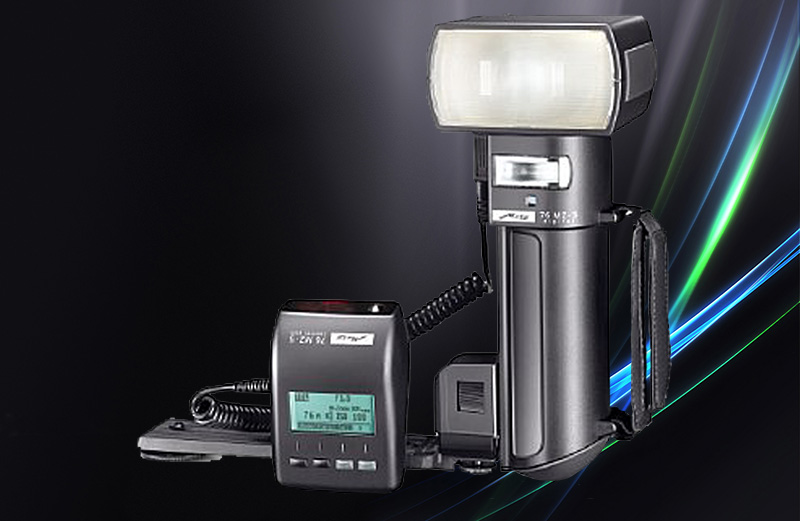
This flash is an absolute professional flash. He used to be seen by reporters many times. He is screwed by means of a rail under the camera. As an accessory, there was a large external battery pack. He is one of the strongest portable system flashes.
But with the flash there are a few peculiarities that you have to attention to.
- for the newer cameras it must necessarily be the digital version so Metz 76 MZ-5 digital.
- because the flash is older you have to expect that the batteries are tired. New you get easily offered for about 80 euros.
- These flashes are often offered for various camera manufacturers. That they are only suitable for this camera manufacturer is nonsense. The flash can only be used by a flash adapter for a particular camera so you have to pay attention that you also buy the right adapter or that he will be bought. The flash can be quietly offered for Canon with a Nikon flash adapter, it then works synonymous to Nikon cameras.
- There are several adapters for both Nikon and Canon. If the adapter version is too old, it is not synonymous. In my case, I need the Metz Sca 3402 M10 adapter. But again the problem that they are no longer produced. Which adapter is necessary for which camera model can be found on the Metz website.
- Hits: 3138
Over time, some lenses have accumulated.
Nikon AF lenses with VR (image stabilizer)
Nikon AF-P DX Nikkor 18-55mm f/3,5-5,6 G VR
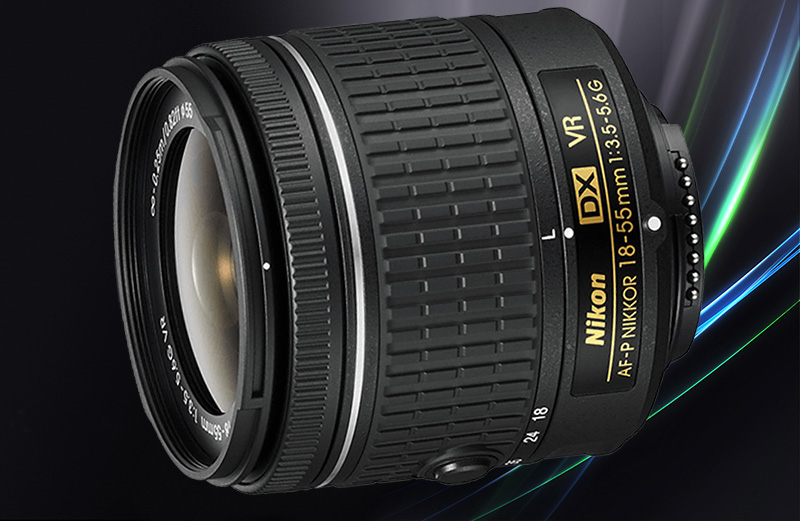
I did not want to buy this lens, but it was highly recommended if you want to film with the D500. The street price is about 220 euros (as of 12/2019) new. I bought it white boxed new for 67 euros in the photographic trade. The Obkektiv works only with the newer Nikon camera models by release date about 2016, there is no adapter option. Even with the newer models is often still a firmware update of the camera needed for it to work. What does white boxed mean? These are lenses that were taken from a kit where the customer did not want the lens. They are then often repackaged in a white standard carton and then sold individually. As you can see from the name, the lens also shows a new letter in the name, this is the "P".
What does AF-P mean?
The "P" in the name AF-P stands for the impulse (English: pulse), which drives the engine.
AF-P lenses use state-of-the-art stepper motors to set the lens focus quickly and quietly. The lenses are therefore ideal for movies and photos.
As I wrote above, the price was quiet and fast setting the reason for me to buy the lens. Normally I have to film a video camera and do not use the Nikon, but I would like to test it already.
Nikon Nikkor AF-S DX VR 18-200mm F/3.5-5.6 G IF-ED
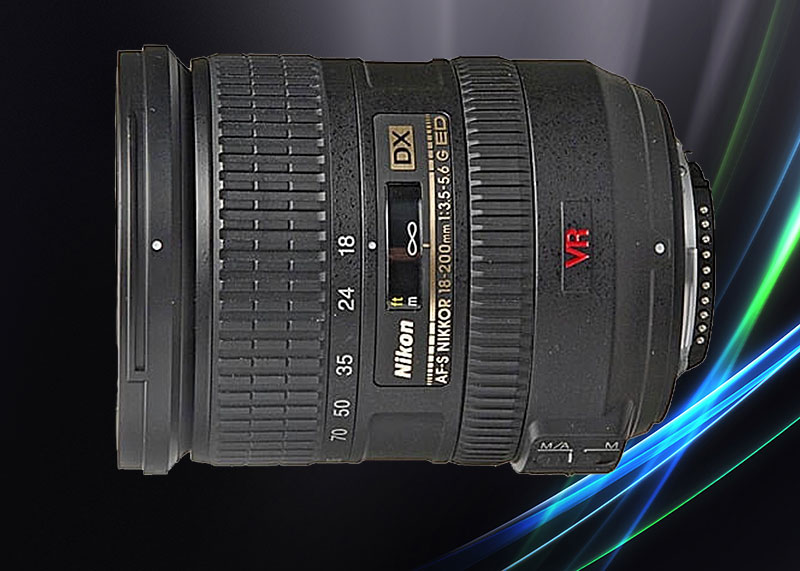
The Nikon Nikkor AF-S DX VR 18-200mm F / 3.5-5.6G IF-ED is basically the one I use most of the time and always on it. You have every focal length you usually needed immediately Parat. It is often laughed at in the forums. Of course it is not a fixed focal length lens which gives much better quality, but the 2.8mm fixed focal length or z. a lens from Nikon in about 28-70 with a brightness of 2.8 and VR proposes just new with well over 2000 euros to book. For the second body, I also have it with the TAMRON 18-270 / 3.5-6.3 DI II VC PZD tried but on the spot more. With Photoshop can eliminate the distortion including the light fall to the edge.
Nikon Nikkor AF-S DX 55-300mm F4.5-5.6 G ED VR
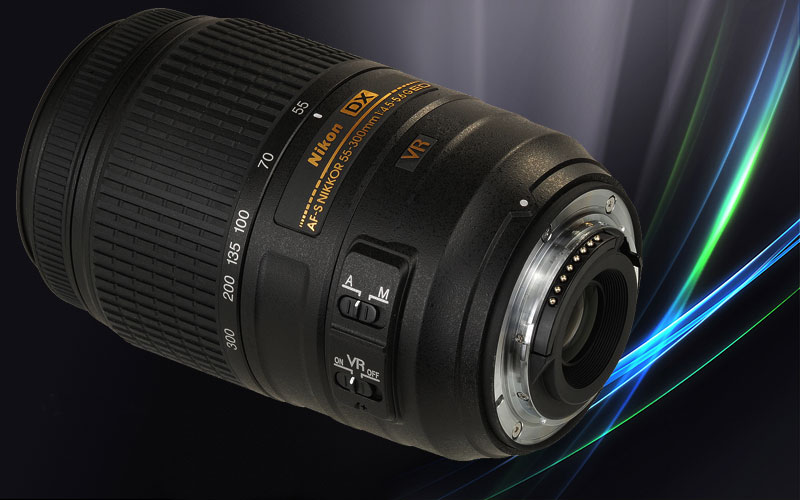
The Nikon AF-S DX 55-300mm F4.5-5.6G ED VR is a affordable Zoom for the Nikon with good picture quality at medium and long focal length, which increases even further when fading. At 300 millimeters, the contrast at aperture 11 breaks somewhat. It is also suitable as an always on lens if you do not often need the wide-angle range. If you do not want to spend so much money and do not need the best of the best, then the objective is good in the race.
Nikon Nikkor AF-S VR 70-200mm F/2.8G IF ED
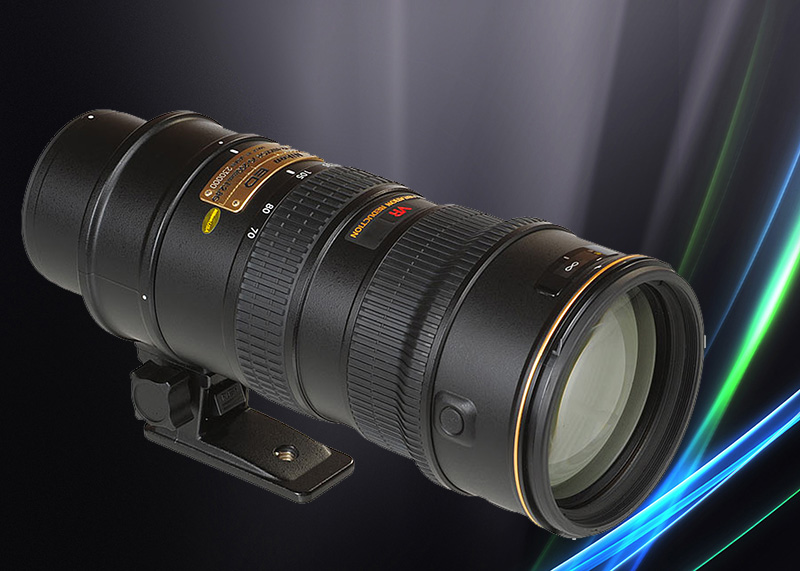
The Nikon Nikkor AF-S VR 70-200mm F / 2.8G IF ED is now outdated by newer models. But it is still one of Nikon's best lenses. The lens is expensive, but I have never regretted the purchase. It is a must have for any somewhat ambitious photo friend.
Nikon Nikkor AF VR 80-400mm F/4.5-5.6 ED D
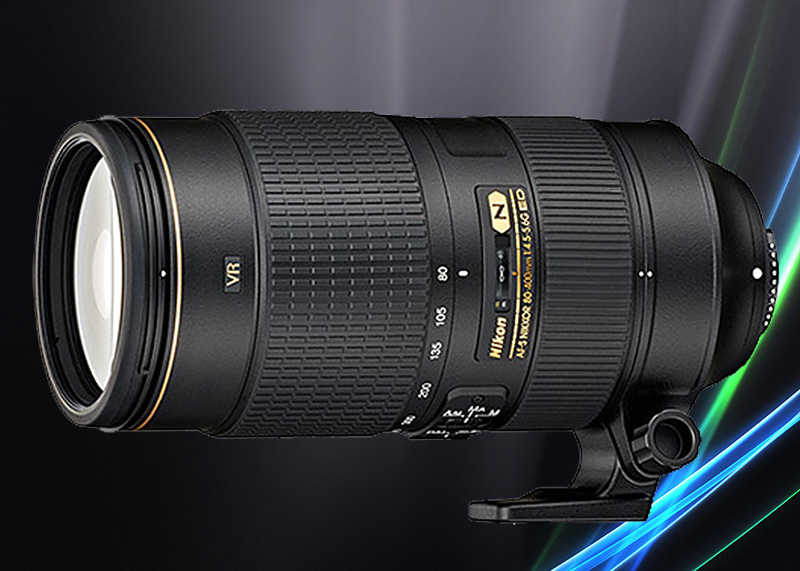
The Nikon Nikkor AF VR 80-400mm F / 4.5-5.6 ED D is in my version with rod drive already outdated. But when I bought it there was not the new version with built-in engine yet. For what I'm scanning the lens is enough for me completely, I do not necessarily need an ultra fast autofocus. That's why I kept it and did not replace it with the new version. It is suitable e.g. super good for shooting in the zoo where the animals are far away such. in the zoo Gelsenkirchen. Since in most situations, the 80-400 was more appropriate than the 70-200.
Nikon AF-S Nikkor E 200-500mm f/5,6 ED VR
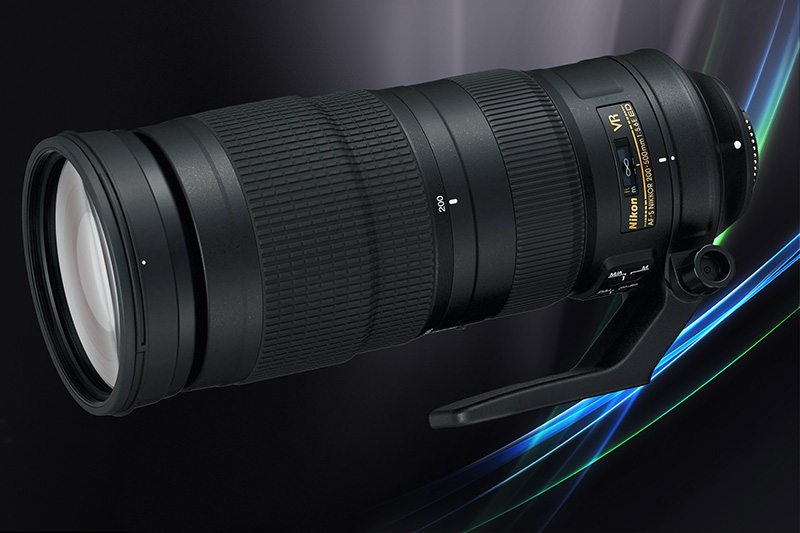
The image stabilizer from the lens is excellent.
Nikon AF Lenses without VR (Image Stabilizer)
Nikon AF-S Nikkor 50mm f/1,4 G
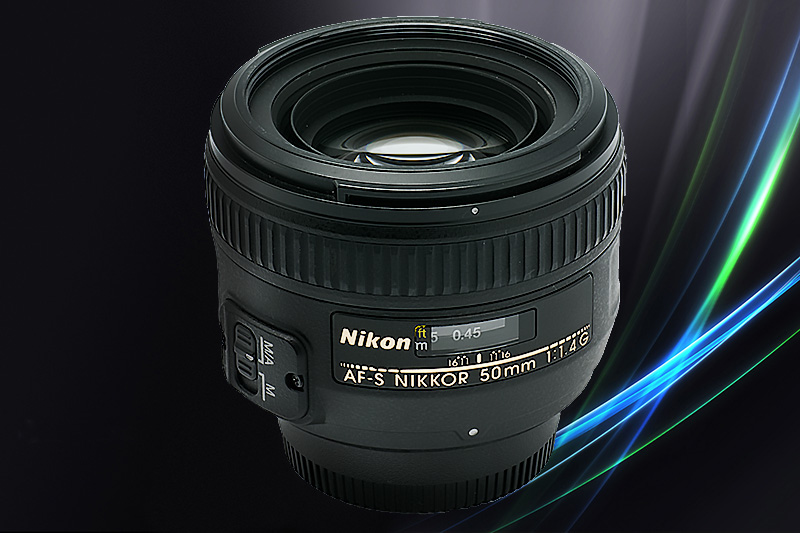
Nikon standard lens 50mm fixed focal length with 1.4 aperture.
Nikon Nikkor AF 50 mm F/1.8 D
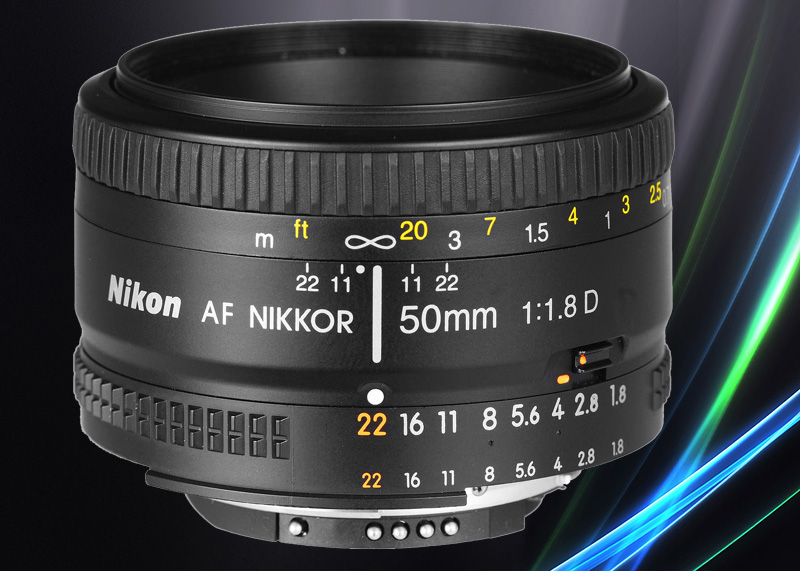
What should I say a standard lens what you should have
Nikon Nikkor AF 70-210mm F/4-5.6 D
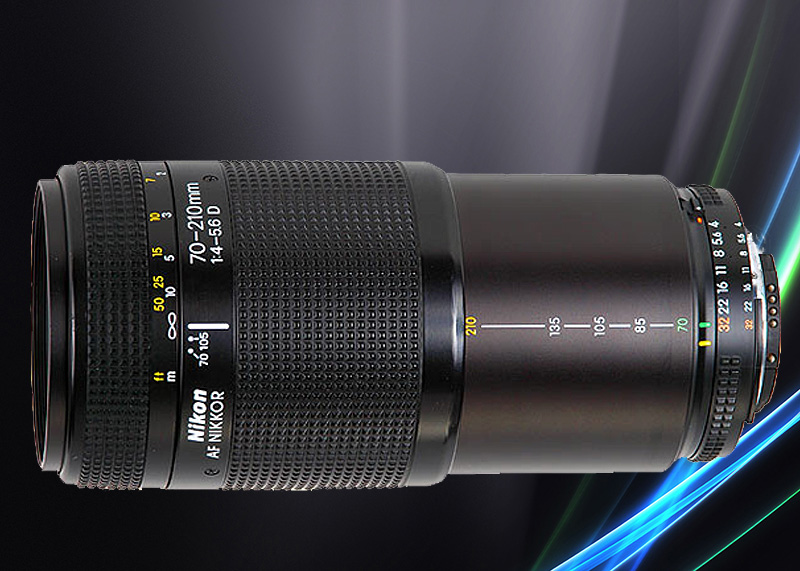
I still have the lens from my early days with Nikon. It makes great shots why should I give it away then. Of course, the 70-200 2.8 is better for lengths but also much more expensive.
Nikon Nikkor AF 35-70mm F/3.3-4.5 (Macro)*
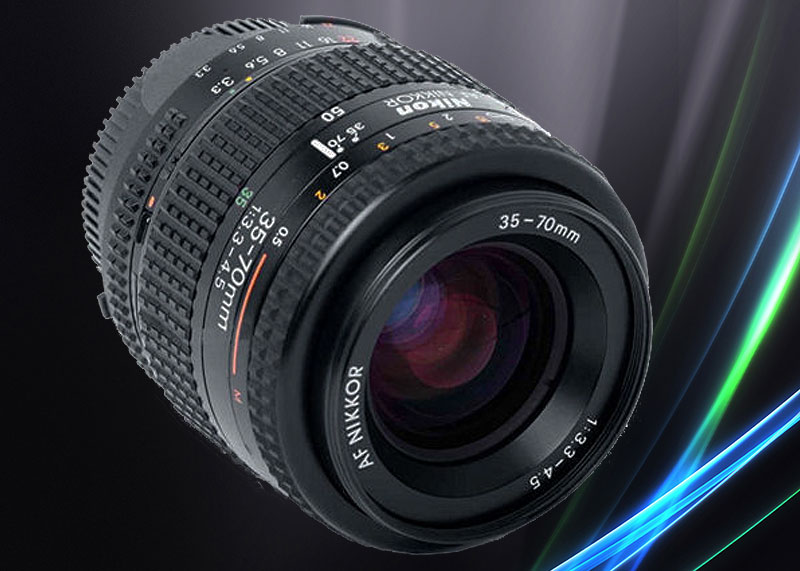
This is the standard wide-angle zoom from earlier times when I started with the F801s (analog).
Nikon Nikkor AF 28-80mm F/3.5-5.6 D
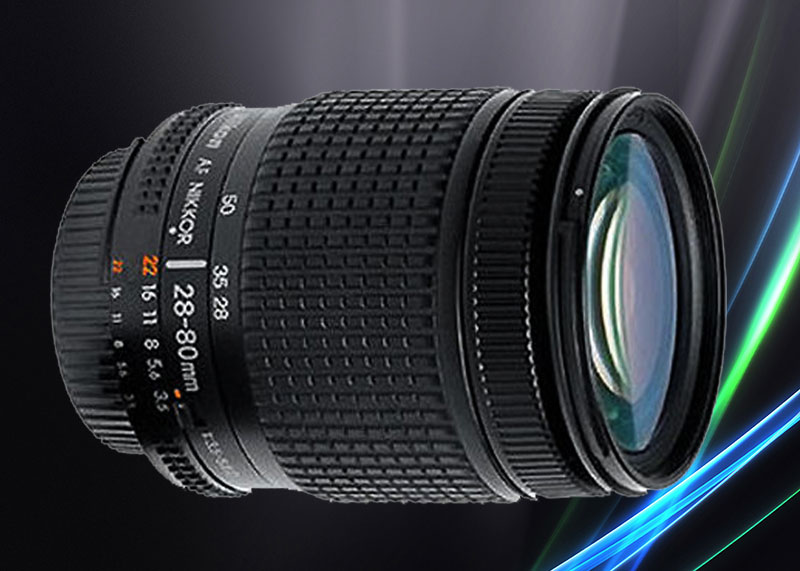
The Nikon Nikkor AF 28-80mm F / 3.5-5.6 D dates back to the early days of my digital photography, replacing the 35-70 for Digital.
Nikon Nikkor AF 35-135mm F/3.5-4.5 (Macro)*
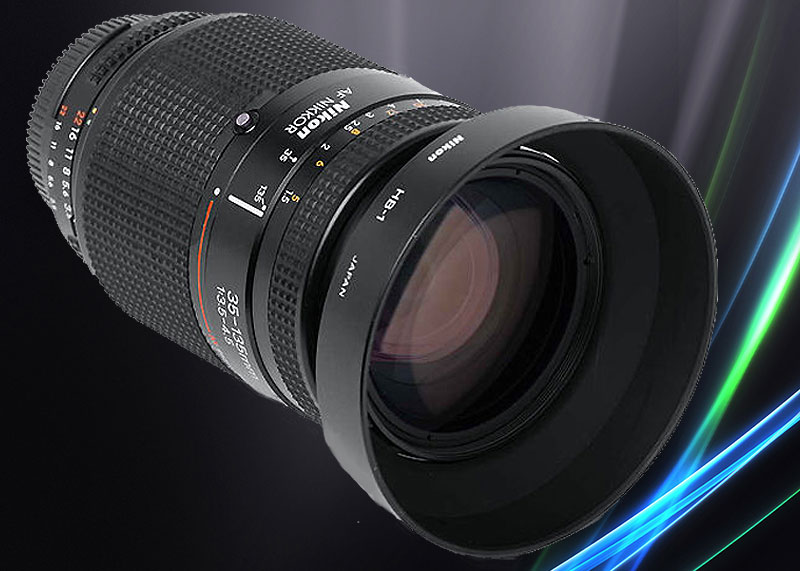
* At Nikon, the Macro is like other companies not to the name of the lens, but everywhere where in brackets Macro stands behind the lens has a Macrofunktion.
The Nikon Nikkor AF 35-135mm F / 3.5-4.5 (Macro) I like to use for macro shots it is an old lens. Who does not need a fast autofocus (rod drive) gets with the part a good all round lens.
Sigma lenses with image stabilizer (OS)
Sigma 24-70mm f2,8 DG OS HSM (A)
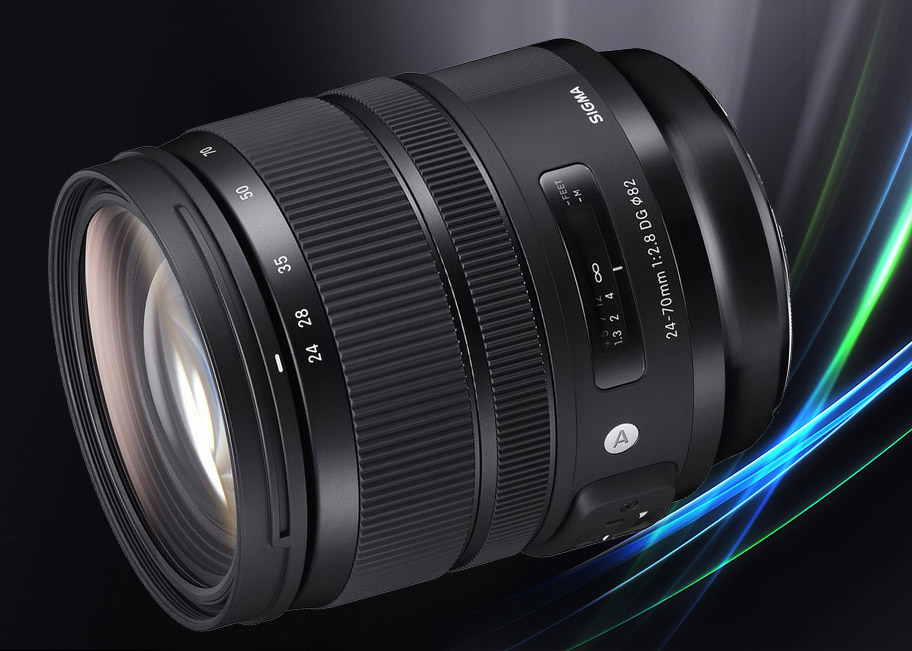
I can't say anything about the lens at the moment. Haven't tested it yet.
Sigma 105 mm F2,8 EX Makro DG OS HSM
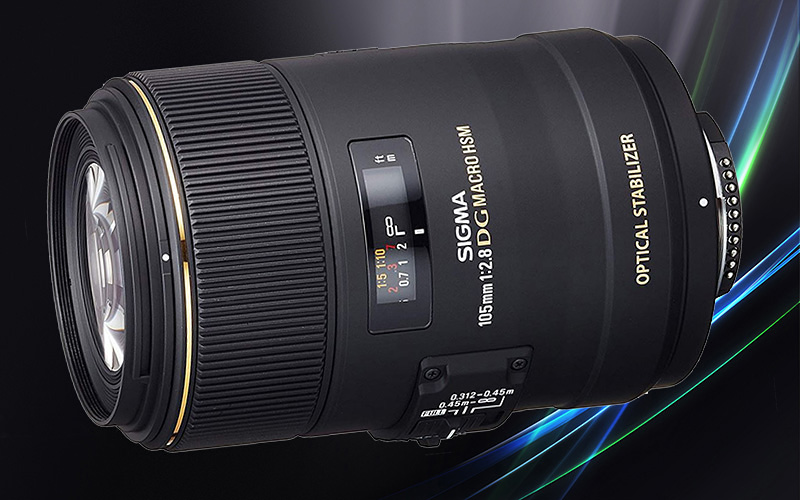
Here I have the Sigma 105 mm F2.8 EX Macro DG OS HSM. It is a macro lens. It can also be used for portraits or for other motifs.
The lens is really great. The test verdicts in the trade press were also very good. If I have the opportunity, I will show a few macro shots elsewhere here on my HP.
Sigma 18-300mm F3,5-6,3 DC Macro OS HSM Contemporary
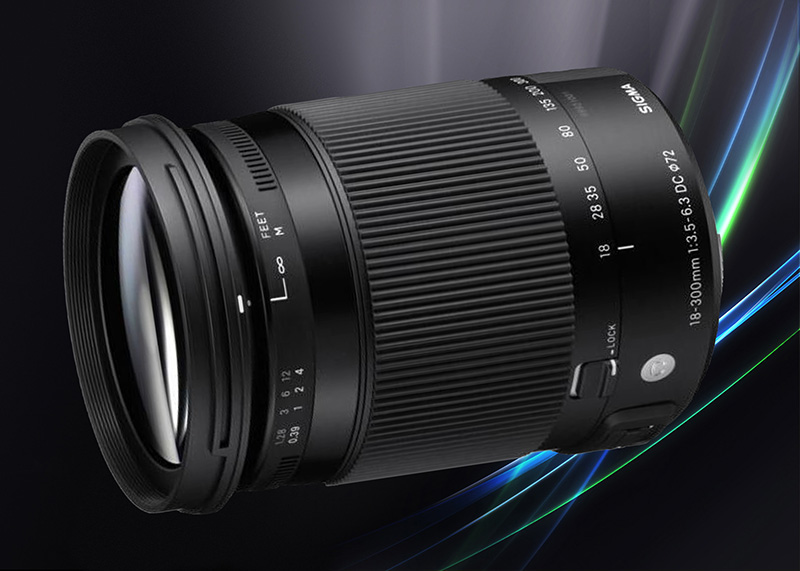
Tamron 18-400mm F/3.5-6.3 Di II VC HLD
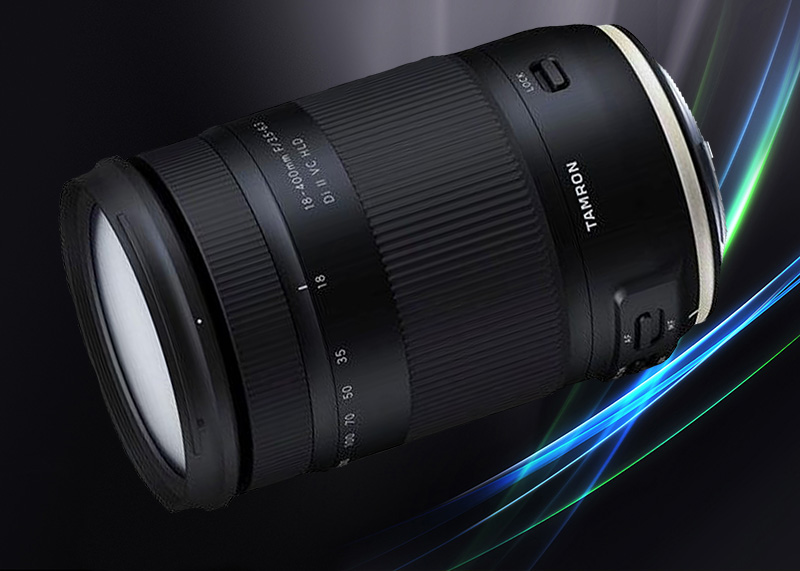
After not being so happy with the Tamron 18-270, I decided to try the 18-400. If I tested the lens I would write a few words about it. Basically the NIKKOR AF-S DX 18-300 mm 1: 3.5-5.6G ED VR was my Faorit, this is indeed more light senitiv but has 100mm less focal, and costs about twice. The 400mm focal length as always up Lens had already a magical charm. I succumbed to that now.
The lens is used by me at various Nikon Bodys. With my wife on the D200, with me on the Fuji FinePix S5pro, Nikon D300, D300s and the D500.
Basically, I had looked for a Nikon AF-S DX 18-300 mm f / 3.5-5.6 EG ED VR. Because the Nikon AF-S DX 18-200mm 1: 3.5-5.6 G ED VR II has often not been enough for me at the top. But for the few times where this was the case, it was just too expensive for me as a travel zoom with about 1050 euros. Then there is still the cheaper fainter variant of the Nikon AF-S DX 18-300 mm f / 3.5-6.3 EC ED VR. Since I thought that has the same light intensity as the Tamron 18-400mm F / 3.5-6.3 Di II VC HLD and the Tamron still has 100mm more focal length at the top, besides, the prices are almost identical. My choice then much on the Tamron 18-400. The lens is not as sharp as the AF-S DX 18-200 mm 1: 3.5-5.6 G ED VR II or the Nikon AF-S 80-400mm f / 4.5-5.6 G ED VR , With a Nikon AF-S Nikkor E 70-200mm f / 2.8 FL ED VR it is better not to compare it from the outset, so a comparison lags a lot. I did not expect high end from this ultrazoom either. I just wanted a travel lens that makes almost clever pictures where I do not have to carry so much interchangeable lenses with me. If I want to do high-end pictures, I realize that this Ultra Zoom lens is not that good for it. If I wanted to cover the focal length of 18 - 400mm for high-end pictures, it is clear that I have to grind 3 lenses of about 4500 euros which have a weight of around 4 kg. If you want high-end pictures then you just can not get around it.
This Tamron Ultra Zoom is great for fast, pretty good snapshots in normal life situations and when it needs to be done quickly. The workmanship is pretty good. The autofocus is quite fast and very quiet. Negative is the small adjustment range with manual focus. But when do you really use it?
Some users have criticized the not so good photosensitivity. Sure, that's not so good, but even here I can not expect any high expectations considering the focal length range and the price.
Conclusion:
As a travel lens / always on it lens you get in the Ultrazoom Area for this price nothing better. The Nikon AF-S DX 18-300 mm f / 3.5-5.6 EG ED VR is clearly better, but it lacks 100mm focal length above and it costs about twice as much. For the purpose where intended for the lens, I can only recommend it.
Sigma AF Lenses:
Sigma 28-70mm F/2.8 EX DG D

The Sigma 28-70mm F / 2.8 EX DG D was one of Sigma's best lenses of his time. Of course it is obsolete today in terms of Autofocus quicknes because it has no built-in motor but also rod drive. But that does not make it bad, it still delivers sharp photos.
Tokina 28-70mm f/2.6-2.8 ATX PRO Angenieux
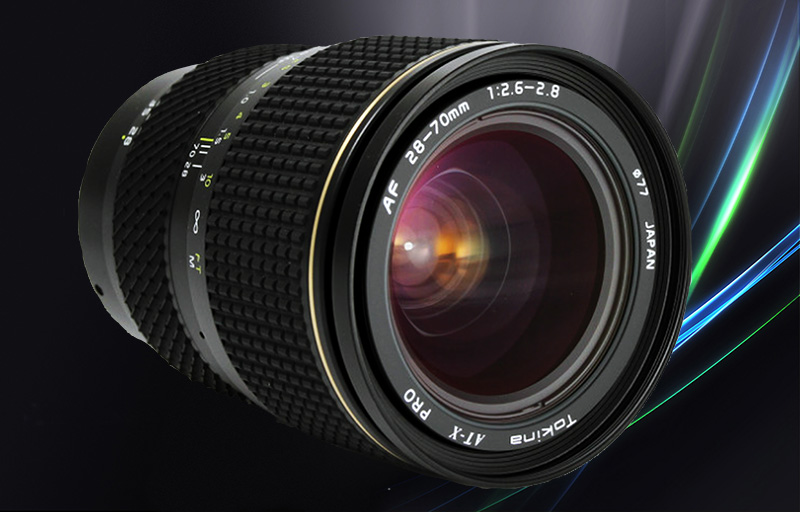
The Tokina 28-70mm f / 2.6-2.8 ATX PRO Angenieux is an old lens but one of the brightest lenses in this focal length range. It has a Lichstärke of open-aperture 2.6 since about 2.8 throughout. Since the lens is made entirely of metal, it is not a lightweight one could also call it a tank. The build quality is excellent. But it's not just the quality of work that counts. More decisive is the optical performance. This time a test from the past.
-------------------------------- --------------------------------
--------------------------------
FotoMagazin 02/96 judged like this:
Optics: 9.0
Mechanics: 9.2
"Very solid metal frame, filter ring does not rotate while focusing, backlash-free setting rings., The sharpness is excellent in all apertures, brilliance overall very good, slightly reddened 28mm and open aperture slight edge shading ), 50mm -2% (very low), 70mm -0.3%. "
For comparison, similar to high-intensity standard zoom:
Tokina AT-X Pro 2.6-2.8 / 28-70 / Optics: 9.0 / Mechanics: 9.2 / "Super"
Sigma EX DF Ashp. 2.8 / 28-70 / optics: 9.0 / mechanics: 9.0 / "Super"
Tamron SP AF LD 2.8 / 28-105 / Optics: 8.4 / Mechanics: 9.0 /
Pentax SMC-FA 2.8 / 28-70 AL / Optics: 9,2 / Mechanics: 8,8 / "Super"
Minolta AF APO 2,8 / 28-70 / Optics: 9,2 / Mechanics: 9,2 / "Super"
Canon EF L USM 2,8 / 28-70 / Optics: 9,2 / Mechanics: 9,2 / "Super"
Nikkor AF-S ED 2.8 / 28-70 D / Optics: 9.0 / Mechanics: 9.6 / "Super"
-------------------------------- --------------------------------
--------------------------------
If you look for the prices of those days, you will quickly notice that the "better" lenses of Minolta, Canon and Nikon min. had the triple price and more.
I have better consciously set in "" that these differences are only tiny nuances.
What does Angenieux mean with this lens or is it also referred to as the "legendary" Angenieux bill?
The lens has been calculated by the company Angenieux and was then built in cooperation with Tokina.
The company Angenieux is among others companies that build top lenses for film cameras based in France.
This lens is easily confused with the normal 28-70mm / 2.6-2.8 from Tokina, which was much cheaper. The org. Angenieux lens has a smal metal backlight and not the large plastic backlight.
First conclusion:
The first test photos with the lens are made, it makes a nice Bouquee at open aperture, is quite fast for an old lens and the quality of the photos is absolutely top. The used Lens for 130 euros was the snapper for such a lens. I'm excited. Also, the autofocus is accurate and not comparable with the Sigma 28-70mm F / 2.8 EX DG D where you can call the accuracy of the autofocus soon as luck.
Sigma AF 17-50mm F2.8 EX DC OS HSM
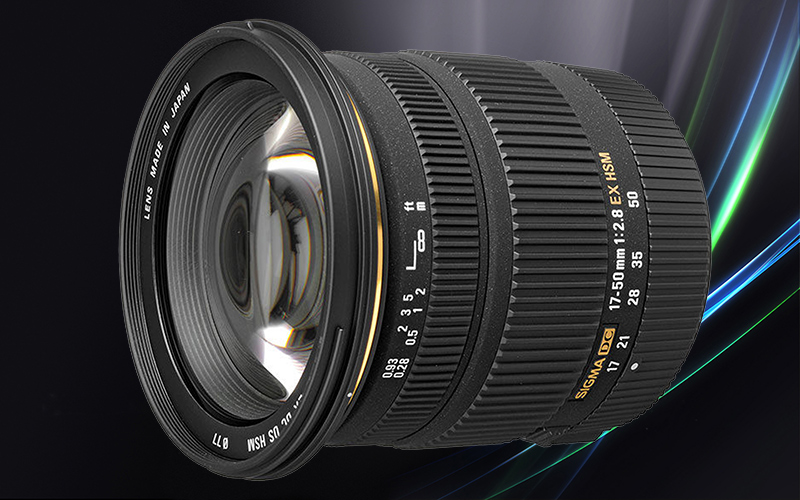
This lens is very versatile. From impressive landscape shots to still lifes to portraits - all this is possible with this focal length. The Sigma 17-50 2.8 combines exactly this flexibility with a consistently good light intensity.
There is not much to say about the light intensity - an open aperture of F2.8 throughout is a solid value, which allows four times the incidence of light compared to most kit lenses. I use it often and with pleasure.
Sigma 28-200mm f/3.5-5.6 D Aspherical

Sigma 28-80mm F/3.5-5.6 Aspherical Macro

Sigma 400mm F/5.6 APO

Sigma 70-210mm F/3.5-4.5 APO

A medium-sized standard lens even from the analogue period where the lenses had no built-in motor.
It was and is not a bad lens, but it is still a sliding zoom. Mine is now so easy to move that the lens moves in and out independently depending on the location. This is absolutely not desirable since it changes the focal length automatically if it is not aligned horizontally. The lens is from the analogue period. It has no built-in chip that the camera recognizes, you can use it with DSLRs, but I would advise against a used purchase. For the two reasons mentioned, these old sliding lenses are sometimes offered very cheaply on Ebay.
Sigma 70-210mm F/4-5.6 UC Macro
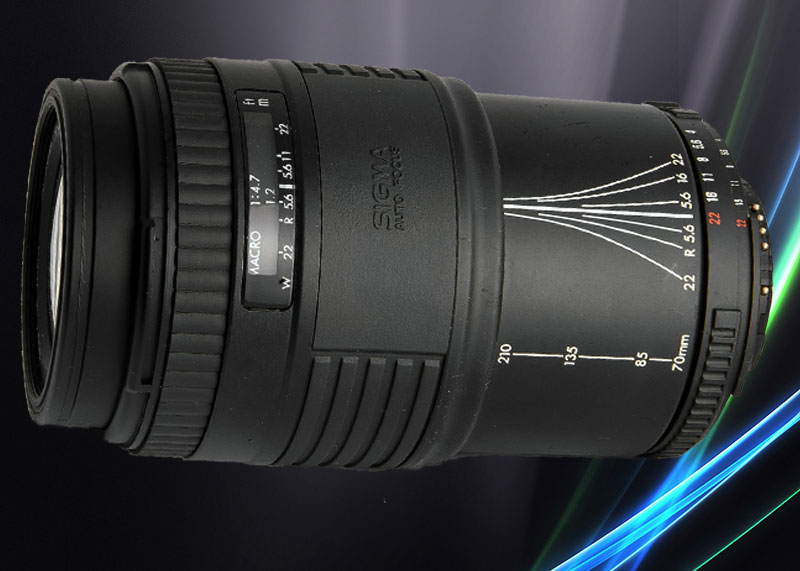
A short zoom lens from the analogue period where the lenses had no built-in motor.
One of the first zoom lenses that I bought for the F801s in the 80s. Since I didn't have much idea at the time and still in training, where there is always a shortage of money, the photo shop at the time recommended this lens to me because my money was not enough for the APO version that was already available at the time. Let's make it short, it is useful in the macro area, otherwise it is extremely loud and I would call it core waste today.
Tokina AF
Tokina SD 12-24mm F/4 AT-X PRO II DX
AT X124 PRO DX

I bought the Tokina SD 12-24mm F / 4 AT-X PRO II DX because I was not ready for a 2.8mm wide-angle zoom from Nikon (AF-S NIKKOR 24-70mm 1: 2,8E ED) about 1700 To pay Euro. The Nikon wide angle is not there any more, it has been replaced by the AF-S NIKKOR 24-70 mm 1: 2,8E ED VR and beats now with about 2400 euros to book. The Tokina is very good and was then recommended even if you did not have the money for a AF-S NIKKOR 24-70 mm 1: 2,8E ED or wanted to give. The Tokina is now available in a slightly different version than AT-X 12-28 PRO DX F4 but it is also available again as AT-X 11-20 F2.8 PRO DX. The price of the 2.8er new version, with around 500 euros is quite cheap. Currently I would grab the Tokina 14-20mm f / 2.0 AT-X DX Nikon DX. The Nikon does have VR, but who needs VR in the focal area? One should also have a separate view of the light intensity of the Tokina judge over the whole focal length with 2.0 goes. The Nikon beats with about 2400 euros to book the Tokina with about 750 euros.
Tokina AT-X 107 DX Fisheye (10-17mm F3.5-4.5)
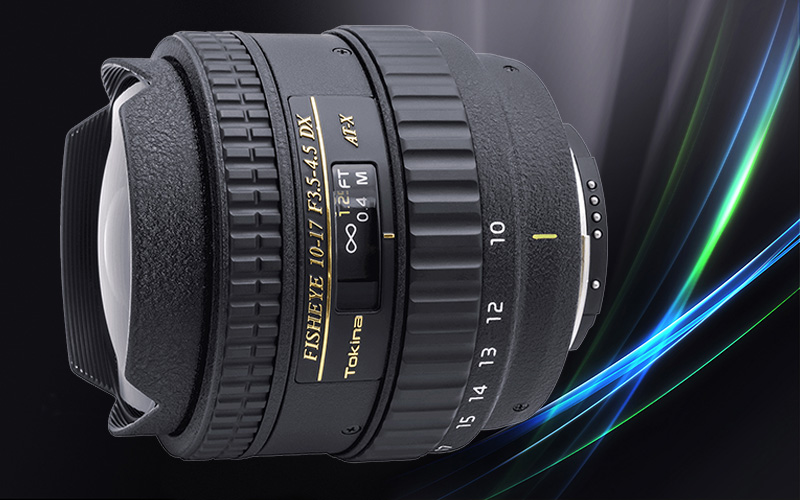
Such a fisheye is a lens which is usually less used, but you can really get great effects with it. I have long considered what I should do my first choice was basically the Nikon AF-S Fisheye Nikkor 8-15mm f3.5-4.5 ED but that would have new with about 1300-1400 euros (as of 05/2018) too Beech beaten. Normally I prefer original Nikon lenses but here the cost-benefit idea won. I have used the lens in original box with warranty card as a year old lens for 250 euros. The new price for this lens is about 460 Euro (as of 05/2018). The seller said he only used the part 3x and spent the rest of the time in the closet. But if you like to do something with this fisheye effect you should not miss such a lens. However, you need something like I already wrote rarely and there it was just too much about 1300 euros to sink.
Tokina 35-70mm F/3.5-4.6 (Macro)

An heirloom from my dad I do not use it.
From here come old non AF lenses, which I do not want to comment on is absolutely not up to date anymore.
Schneider Lens for Retina III
Schneider 35mm
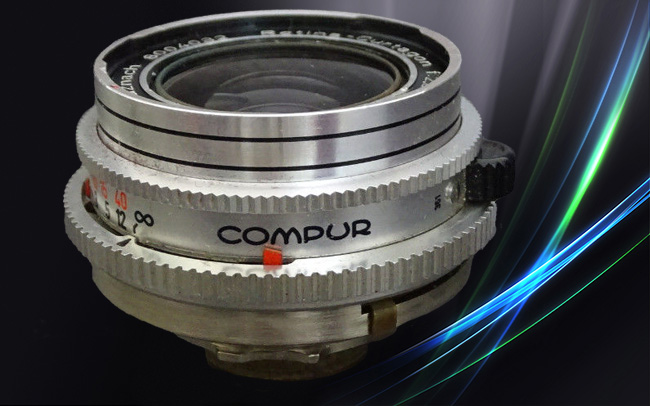
Schneider 50mm
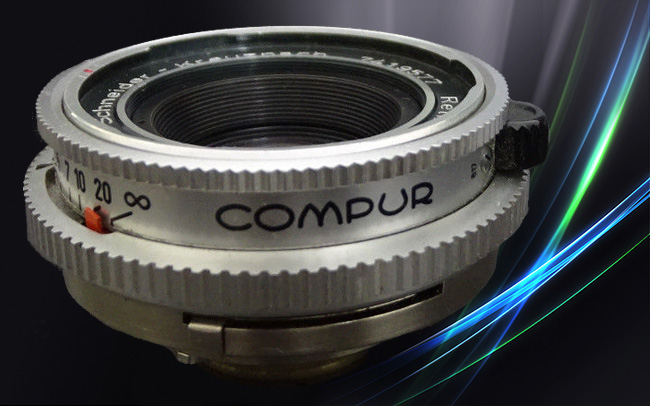
Canon:
Canon FD 50mm F1.8
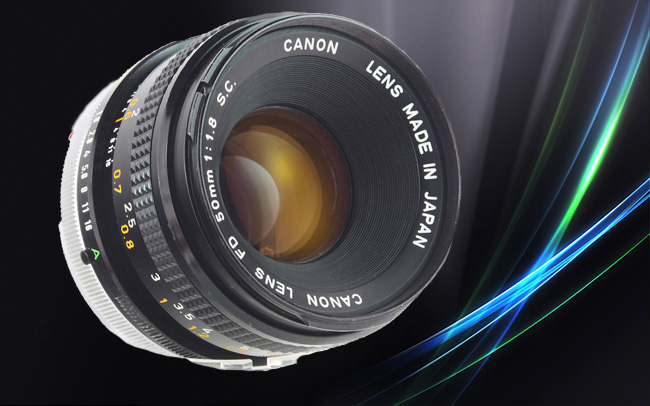
Canon FD 70-210mm F3.5-4.5
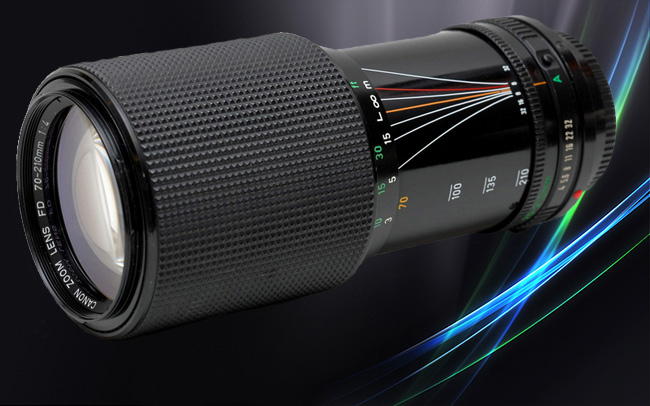
Canon FD 35-70mm F4
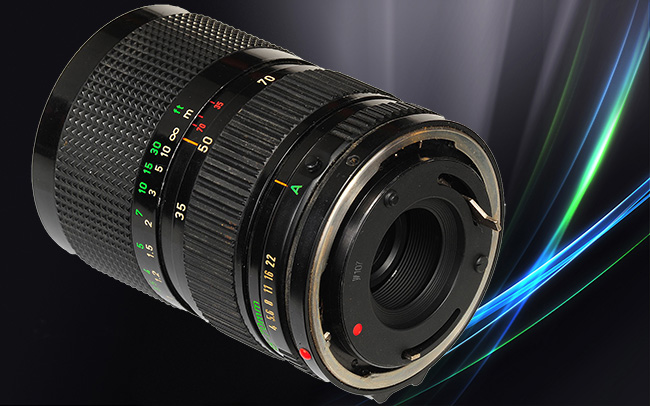
Desired objective:
These are a lot of lenses that I have can choose, but one is still on my wish list. The Nikon AF-S Nikkor E 24-70mm f / 2.8 ED VR. Although I have the old Sigma 28-70mm F / 2.8 EX DG D which can take excellent pictures, but it is slow in autofocus due to the rod drive. In addition, the hit rate for the autofocus that it is really focused, not so intoxicating. If you have time everything is not a problem, but to capture situations bad.
I have recently bought the Tokina 28-70mm f / 2.6-2.8 ATX PRO Angenieux used and I hope that it keeps what the Press wrote about it. Then I would do not buy the Nikon AF-S 24-70mm f / 2.8E ED VR. If not I i have to buy the Nikon Lens.
AF-S Nikkor E 24-70mm f / 2.8 ED VR
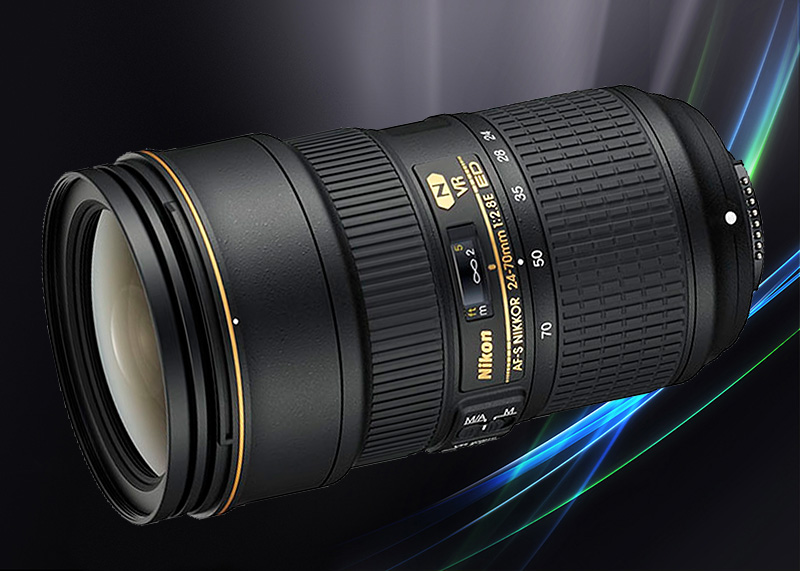
Sigma 50-100 mm Nikon f 1.8 DC HSM ART
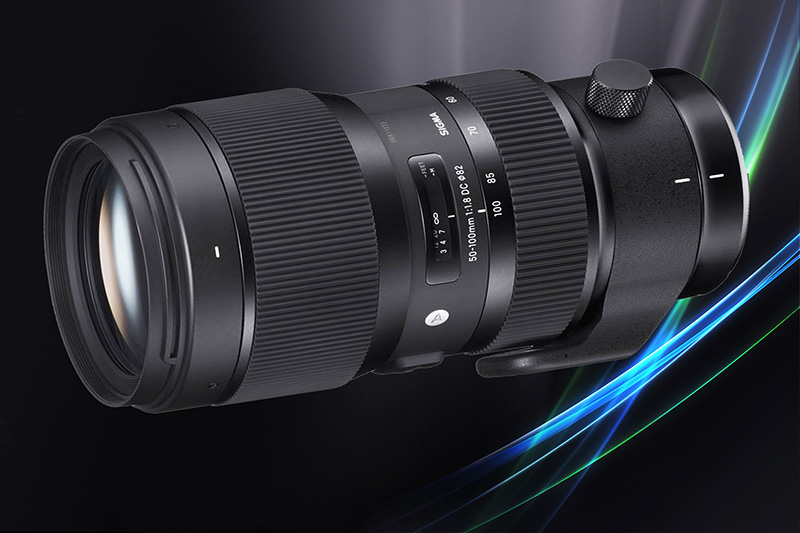
- Hits: 3747

